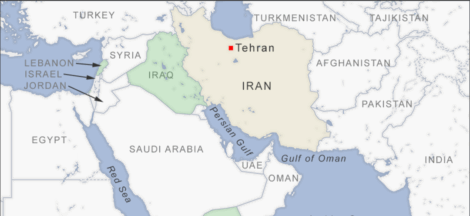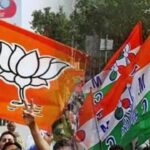Speculation is mounting within political circles regarding a potential reshuffle of the Union Cabinet around June or July, coinciding with the National Democratic Alliance government’s completion of its first year in its third term. A senior Bharatiya Janata Party functionary, who requested anonymity, indicated that this reshuffle aims to infuse fresh talent into the administration while reassigning seasoned leaders to strategic roles. “Since no one from the party organisation has been inducted yet, we’re hopeful for a reshuffle in June or July, bringing in some fresh faces while letting the veterans either rest or take on new organisational roles,” the functionary stated.
Several key ministries are anticipated to undergo changes, including Petroleum, Law and Justice, Tribal Affairs, and Minority Affairs. Additionally, certain Ministers of State positions are expected to be reallocated to emerging leaders within the party. Another BJP insider commented on the potential realignment, noting that some senior ministers might transition to gubernatorial posts or assume significant organisational responsibilities. “Some ministers are now so senior that they might be shifted to gubernatorial posts or organisational duties,” the source added.
The NDA government, led by Prime Minister Narendra Modi, has historically utilised cabinet reshuffles to address administrative challenges, enhance governance, and maintain political equilibrium. Such reshuffles serve as strategic tools to ensure the cabinet’s alignment with the government’s evolving priorities and to address the aspirations of various regions and communities.
The current cabinet, formed after the NDA’s victory in the 2024 general elections, comprises a blend of experienced politicians and new entrants. Key figures such as Amit Shah, Nirmala Sitharaman, and Rajnath Singh have retained pivotal portfolios, including Home Affairs, Finance, and Defence, respectively. The potential reshuffle is viewed as an opportunity to introduce new perspectives into the cabinet and to reassign roles to optimise governance.
Political analysts suggest that this anticipated reshuffle could be influenced by upcoming state elections and the need to strengthen the party’s presence in specific regions. By inducting leaders from states slated for elections, the BJP aims to bolster its organisational structure and voter engagement at the grassroots level.
The reshuffle may address performance metrics of current ministers. Ministries that have faced criticism or have not met performance expectations could witness leadership changes. This move would underscore the government’s commitment to accountability and its focus on delivering on its promises to the electorate.
The inclusion of younger party members in the cabinet is also a possibility, reflecting the BJP’s strategy to groom future leaders. By providing them with ministerial experience, the party seeks to ensure a seamless leadership transition in the years to come.
As the NDA government approaches its first anniversary in this term, the potential cabinet reshuffle is being closely monitored by political observers and the public alike. The decisions made in this process will likely have significant implications for the government’s policy direction and its ability to effectively address the nation’s challenges.



 TMC accuses EC of aiding BJP through manipulation
TMC accuses EC of aiding BJP through manipulation 